Nonprofit journalism finally builds scale
I started in nonprofit journalism late in my career. Gerry Lenfest, a cable mogul turned philanthropist, and his board appointed me to lead the Lenfest Institute for Journalism in 2016. I had worked for over 20 years in commercial news media at Fairchild Publications, The New York Times, and The Wall Street Journal, always in a revenue-building capacity. Each publication’s financial growth and scale helped enable great and important journalism, but these were commercial businesses, not nonprofits. If “nonprofit” and “news” were mentioned in the same sentence, it usually meant someone was about to get fired.
When I interviewed with Mr. Lenfest, he asked me what I felt were my weaknesses for the job. “I’m a businessman, not a journalist, and I’ve never worked for a nonprofit organization,” I confessed. “Those are strengths,” he said.
Gerry had made a career — and a fortune — building a pioneering cable TV business, and his approach to philanthropy was always informed by commercial instincts and a desire to build scale in the service of mission and impact. His first contribution to The Lenfest Institute? Ownership of The Philadelphia Inquirer, for which he had spent $85 million. The theory of the case was that size matters and that the people of Philadelphia would be better served by a large-scale legacy news enterprise converted to nonprofit ownership and dedicated to public service journalism than by a startup. The Inquirer is today the largest U.S. newspaper owned by a nonprofit, with a newsroom of more than 200 journalists, supported by thousands of community donors.
Like many executives in new roles, I started at the Lenfest Institute with a listening tour. While I was struck by the commitment and resourcefulness of my new colleagues in nonprofit news, I was shocked by the small size of the businesses they had labored so hard to build. In commercial terms, they ranged from pretty small to absolutely tiny — especially in light of the decline in local news that they sought to address. The largest U.S. digital nonprofit local news organization in 2016, The Texas Tribune, was roughly a $6 million business — an amount just one of The Wall Street Journal’s larger advertisers would spend annually. When I asked the Tribune’s chief executive Evan Smith if his was in fact the largest enterprise of its type, he said: “Yes. We are the tallest Munchkin.”
That has begun to change in a big way. In 2022, several important nonprofit news organizations are poised to accelerate their already impressive growth. Still other enterprises plan to launch with commitments of capital, corporate resources, and commercial models rarely seen in nonprofit news. Some examples:
- The Baltimore Banner will launch with an annual budget of $15 million, funded initially by a public-company hotel executive, Stewart Bainum. While nonprofit, the Banner will sell digital subscriptions to support its journalism, borrowing a business model from successful for-profit news.
- Chicago Public Media (WBEZ) will likely complete its acquisition of the Chicago Sun-Times, creating a multi-platform, nonprofit local news enterprise of sufficient resources to help offset the sharp decline of the once-towering Chicago Tribune now owned by Alden Global Capital. Matt Moog, CEO of the combined entity, is a software executive and digital marketer by background.
- Spotlight PA, a nonprofit digital news startup, now distributes its news to more than 75 newsrooms across Pennsylvania, reaching over 35 million monthly unique visitors. Its hybrid business model, that of a digital startup leveraging legacy news audience and distribution, is highly scalable and worth copying.
- And the self-described “Munchkin” has also grown up. The Texas Tribune has continued to grow, to inspire, and to share its insights. The American Journalism Project, launched in 2019, has sought to replicate The Texas Tribune, adapting its success to new markets, new models, and new entrepreneurs. Perhaps most striking to those of us who appreciate economies of scale, AJP announced in late 2021 its support for several new and existing national nonprofit news organizations building local news networks, including Chalkbeat, The Marshall Project, and Capital B. Fund 1 of AJP has so far deployed $33.75 million in support of 31 grantees, according to CEO Sarabeth Berman.
In 2022 and beyond, we will see more serious business funding for nonprofit news, more M&A activity, and greater use of commercial business models. We will see deep-pocketed funding for nonprofits — including women and BIPOC-led enterprises. There will be acquisitions and alliances by nimble public radio stations. Commercial local news properties will convert to nonprofit control or will seek more significant philanthropic support.
It is worth recognizing that great scale and great journalism are often not friends. Some local news owners have poorly served or largely abandoned their communities in the pursuit of scale and profit. By the same token, character and capitalism do not have to be enemies. Nonprofit news is often more representative, more responsive, and more closely tied to local communities. Nonprofit news has created meaningful new reporting capacity for American journalism, but its long-term success and impact depend upon it becoming a much larger and smarter business. Enlightened new capital, business acumen, and a capacity to build at scale are required to truly rebuild — indeed, reinvent — American local news.
Jim Friedlich is CEO of the Lenfest Institute for Journalism.

I started in nonprofit journalism late in my career. Gerry Lenfest, a cable mogul turned philanthropist, and his board appointed me to lead the Lenfest Institute for Journalism in 2016. I had worked for over 20 years in commercial news media at Fairchild Publications, The New York Times, and The Wall Street Journal, always in a revenue-building capacity. Each publication’s financial growth and scale helped enable great and important journalism, but these were commercial businesses, not nonprofits. If “nonprofit” and “news” were mentioned in the same sentence, it usually meant someone was about to get fired.
When I interviewed with Mr. Lenfest, he asked me what I felt were my weaknesses for the job. “I’m a businessman, not a journalist, and I’ve never worked for a nonprofit organization,” I confessed. “Those are strengths,” he said.
Gerry had made a career — and a fortune — building a pioneering cable TV business, and his approach to philanthropy was always informed by commercial instincts and a desire to build scale in the service of mission and impact. His first contribution to The Lenfest Institute? Ownership of The Philadelphia Inquirer, for which he had spent $85 million. The theory of the case was that size matters and that the people of Philadelphia would be better served by a large-scale legacy news enterprise converted to nonprofit ownership and dedicated to public service journalism than by a startup. The Inquirer is today the largest U.S. newspaper owned by a nonprofit, with a newsroom of more than 200 journalists, supported by thousands of community donors.
Like many executives in new roles, I started at the Lenfest Institute with a listening tour. While I was struck by the commitment and resourcefulness of my new colleagues in nonprofit news, I was shocked by the small size of the businesses they had labored so hard to build. In commercial terms, they ranged from pretty small to absolutely tiny — especially in light of the decline in local news that they sought to address. The largest U.S. digital nonprofit local news organization in 2016, The Texas Tribune, was roughly a $6 million business — an amount just one of The Wall Street Journal’s larger advertisers would spend annually. When I asked the Tribune’s chief executive Evan Smith if his was in fact the largest enterprise of its type, he said: “Yes. We are the tallest Munchkin.”
That has begun to change in a big way. In 2022, several important nonprofit news organizations are poised to accelerate their already impressive growth. Still other enterprises plan to launch with commitments of capital, corporate resources, and commercial models rarely seen in nonprofit news. Some examples:
- The Baltimore Banner will launch with an annual budget of $15 million, funded initially by a public-company hotel executive, Stewart Bainum. While nonprofit, the Banner will sell digital subscriptions to support its journalism, borrowing a business model from successful for-profit news.
- Chicago Public Media (WBEZ) will likely complete its acquisition of the Chicago Sun-Times, creating a multi-platform, nonprofit local news enterprise of sufficient resources to help offset the sharp decline of the once-towering Chicago Tribune now owned by Alden Global Capital. Matt Moog, CEO of the combined entity, is a software executive and digital marketer by background.
- Spotlight PA, a nonprofit digital news startup, now distributes its news to more than 75 newsrooms across Pennsylvania, reaching over 35 million monthly unique visitors. Its hybrid business model, that of a digital startup leveraging legacy news audience and distribution, is highly scalable and worth copying.
- And the self-described “Munchkin” has also grown up. The Texas Tribune has continued to grow, to inspire, and to share its insights. The American Journalism Project, launched in 2019, has sought to replicate The Texas Tribune, adapting its success to new markets, new models, and new entrepreneurs. Perhaps most striking to those of us who appreciate economies of scale, AJP announced in late 2021 its support for several new and existing national nonprofit news organizations building local news networks, including Chalkbeat, The Marshall Project, and Capital B. Fund 1 of AJP has so far deployed $33.75 million in support of 31 grantees, according to CEO Sarabeth Berman.
In 2022 and beyond, we will see more serious business funding for nonprofit news, more M&A activity, and greater use of commercial business models. We will see deep-pocketed funding for nonprofits — including women and BIPOC-led enterprises. There will be acquisitions and alliances by nimble public radio stations. Commercial local news properties will convert to nonprofit control or will seek more significant philanthropic support.
It is worth recognizing that great scale and great journalism are often not friends. Some local news owners have poorly served or largely abandoned their communities in the pursuit of scale and profit. By the same token, character and capitalism do not have to be enemies. Nonprofit news is often more representative, more responsive, and more closely tied to local communities. Nonprofit news has created meaningful new reporting capacity for American journalism, but its long-term success and impact depend upon it becoming a much larger and smarter business. Enlightened new capital, business acumen, and a capacity to build at scale are required to truly rebuild — indeed, reinvent — American local news.
Jim Friedlich is CEO of the Lenfest Institute for Journalism.
Jody Brannon

Christoph Mergerson
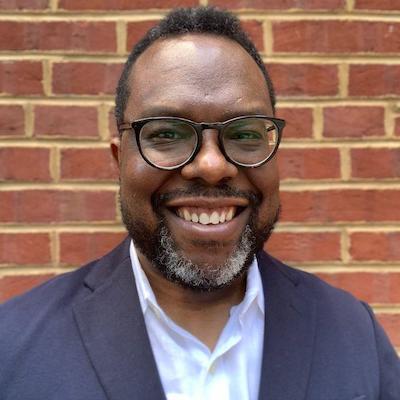
Kristen Muller

Stephen Fowler

Stefanie Murray

Jesenia De Moya Correa
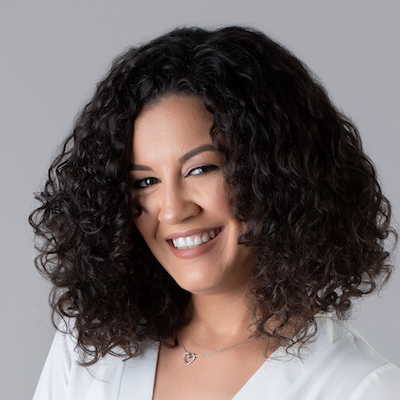
Shalabh Upadhyay

Ståle Grut

Gabe Schneider

Tamar Charney

Wilson Liévano
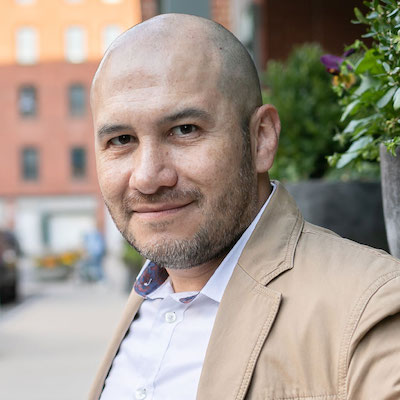
Matthew Pressman
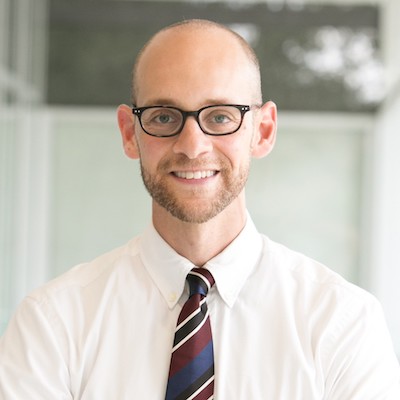
A.J. Bauer

Meena Thiruvengadam

Joshua P. Darr
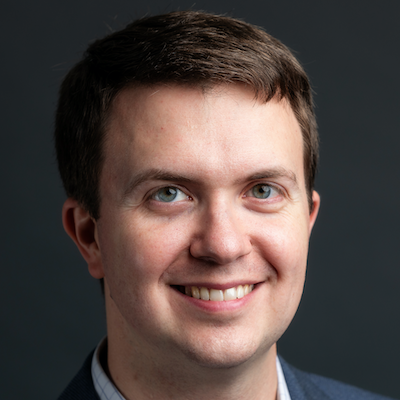
Jennifer Brandel

Simon Allison

Sam Guzik

Rachel Glickhouse

Zizi Papacharissi

Gordon Crovitz

Jennifer Coogan
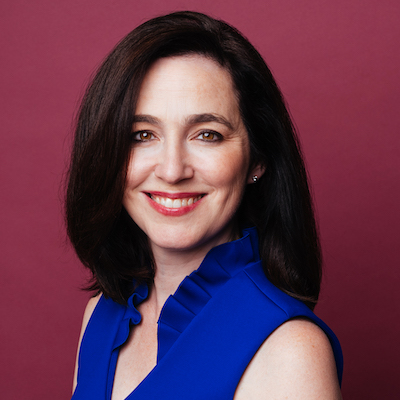
Anthony Nadler

David Cohn

Ariel Zirulnick

Matt Karolian

Mike Rispoli

Mary Walter-Brown

Larry Ryckman

Paul Cheung

Kathleen Searles Rebekah Trumble

Izabella Kaminska
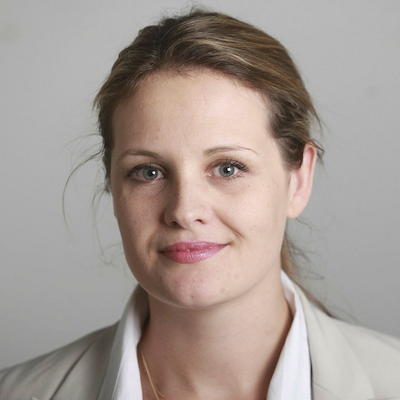
Julia Munslow

Tom Trewinnard

David Skok

Sarah Stonbely

Melody Kramer

Sarah Marshall

Daniel Eilemberg
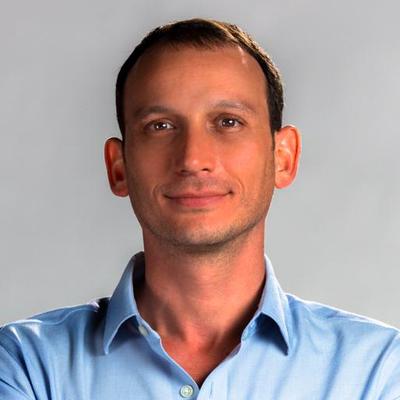
Parker Molloy

Whitney Phillips

Mario García

Millie Tran

Tony Baranowski
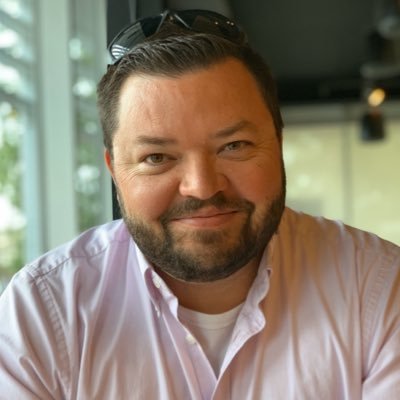
Eric Nuzum

Kendra Pierre-Louis

Jonas Kaiser

Candace Amos

Julia Angwin

Amara Aguilar

John Davidow

Joni Deutsch

Moreno Cruz Osório

Jesse Holcomb

Anita Varma

James Green

Matt DeRienzo

Francesco Zaffarano
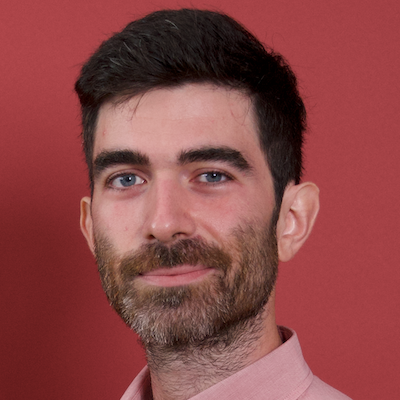
Juleyka Lantigua

Richard Tofel

Janelle Salanga

S. Mitra Kalita

Doris Truong

Rasmus Kleis Nielsen

Burt Herman

Gonzalo del Peon
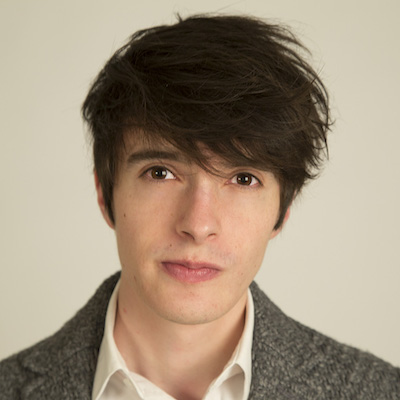
Amy Schmitz Weiss
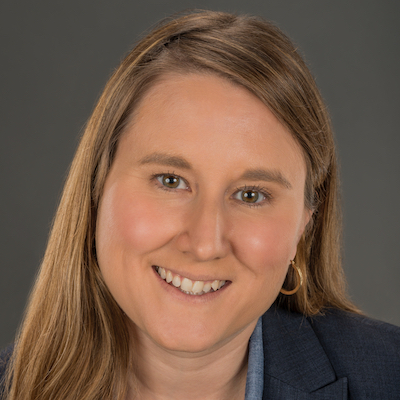
Natalia Viana

Raney Aronson-Rath

Kristen Jeffers
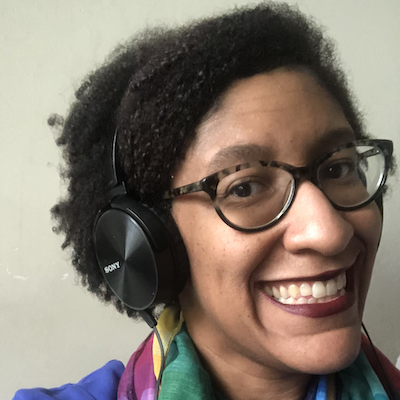
Andrew Freedman

Simon Galperin

Errin Haines

Laxmi Parthasarathy

Shannon McGregor Carolyn Schmitt

Don Day

Robert Hernandez
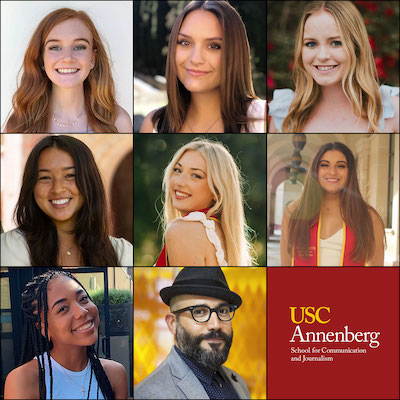
Anika Anand

Nikki Usher

Jessica Clark

Alice Antheaume

Megan McCarthy

Cherian George

AX Mina

Joanne McNeil

Catalina Albeanu

Chicas Poderosas

Joe Amditis

j. Siguru Wahutu

Kerri Hoffman
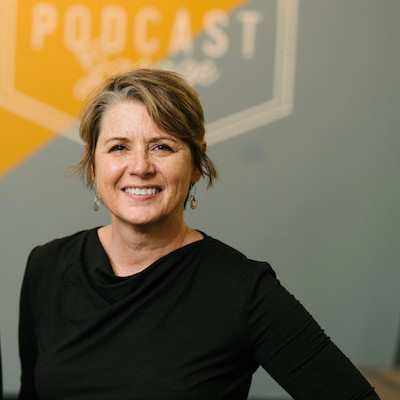
Brian Moritz

Chase Davis

Victor Pickard

Cindy Royal

Cristina Tardáguila
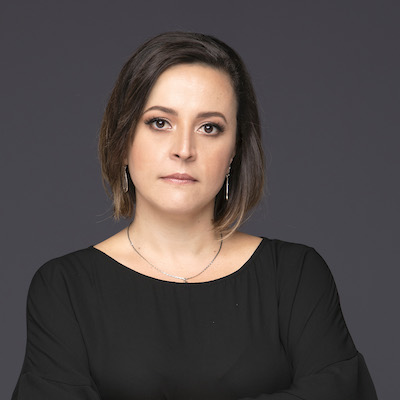
Joy Mayer

Mandy Jenkins

Jim Friedlich

Michael W. Wagner
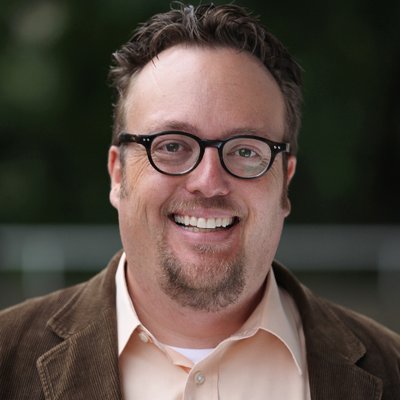
Christina Shih
